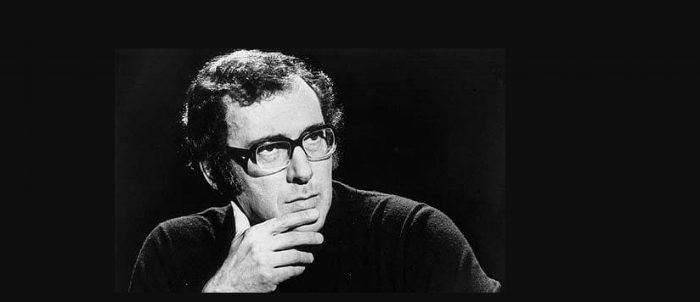Cagney in Drag: Recruiting for Appetite and Empathy
James Cagney had a tough childhood. He was born, in 1899, into a poor Irish-American family on the Lower East Side of Manhattan. He was the second of eleven kids, two of whom died within a few months of birth, and he was himself quite a sickly child. His father was an alcoholic who went from job to job. Cagney grew up fighting in street brawls and dropped out of college when his dad died in the 1918 flu pandemic.
‘My childhood was surrounded by trouble, illness, and my dad’s alcoholism…We just didn’t have the time to be impressed by all those misfortunes.’
Cagney had a talent for performance and got involved in amateur dramatics at an early age. Despite his subsequent reputation as the definitive screen tough guy, his first paid theatre role was as a chorus girl in the all-male 1919 revue, ‘Every Sailor.’ In the publicity photo for the show we see a bare-shouldered and bewigged Cagney in full make-up, looking approximately female. He had no qualms about the role. He just wanted to get a foot on the ladder.
‘I had fun doing it. Mother didn’t approve though.’
Clearly Cagney had appetite, a desire to progress, whatever it took.
‘With me a career was the simple matter of putting groceries on the table.’
He eventually found his way to Hollywood and the gangster roles for which he is best known. In the 1930s and ‘40s he starred in certified classics like ‘The Public Enemy’, ‘Angels with Dirty Faces’ and ‘White Heat.’
In these films Cagney revolutionised the portrayal of bad guys. Hitherto cinema villains had been irredeemably dark figures. But Cagney, drawing on his own experiences on the wrong side of the tracks, tended to play characters whose descent into evil was at least comprehensible. There’s a moral ambiguity about these movies. In Depression-hit America audiences understood that tough times create tough choices. And Cagney understood too. He had empathy.
Obviously Cagney had extraordinary talent. But his success also derived from his appetite for experience, and his empathy for ordinary people. People with nothing to lose have everything to gain. Appetite drives experience; experience creates empathy; and these qualities together lead to expertise.
Such lessons were not lost on the advertising profession of yore. The sector traditionally picked up ambitious, talented misfits from all walks of life. Many of the best practitioners started at the bottom and made their way up. Stories are legion of advertising greats who began as PAs and runners, as YTS trainees, in traffic and the post room. It was a profession that understood people, a career for outsiders who wanted to belong.
Nowadays I wonder if we properly appreciate appetite and empathy. It seems that our professionalization of recruitment has squeezed out the very qualities that precipitate success. We like to think of ourselves competing with the financial and tech sectors for the academic high fliers; for the crème de la crème of the university system.
Perhaps we should be fishing in different ponds: seeking unconventional excellence; candidates who have an understanding of ordinary people rather than patrician curiosity; people who want the job rather than expect it.
Sometimes it seems our expectations of talent are more complicated than they need to be. We would do well to learn from Cagney who retained an elegantly rudimentary recipe for success:
‘Learn your lines…plant your feet…look the other actor in the eye…say the words…mean them.’
(This piece was first published in Campaign on 9 October 2017.)
No. 169


















